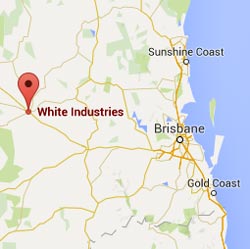Foundry Virtual Tour – Melting and Pouring
In this article, we look at the next step in the White Industries’ production process; melting and pouring. At the time of writing, White Industries produces 106 different alloys, consisting of various grades including:
| STEELS | IRONS | STAINLESS STEELS | NONFERROUS |
|---|---|---|---|
| Plain Carbon | Grey | Austenitic |
Aluminiums |
| Low Alloy | Ductile | Super Austenitic | Bronzes |
| High Alloy | Ni- Resist | Martensitic | Brasses |
| Ni-Hard | Ferritic | Gunmetals | |
| High Chrome | Duplex | ||
| Super Duplex |
Given the wide range of materials produced, White Industries employs strict controls to ensure scrap is identified and cross-contamination doesn’t occur. When a melt is programmed for production, a charge is calculated using known steel scrap, runners and risers from previous melts, and ferroalloys. All additions are weighed to ensure the melt analysis is in specification.
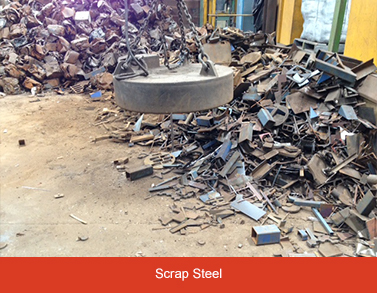 |
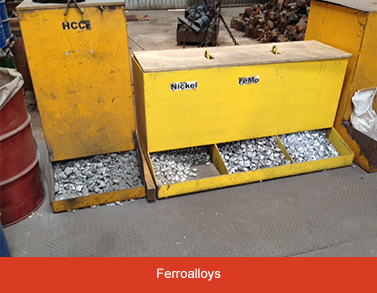 |
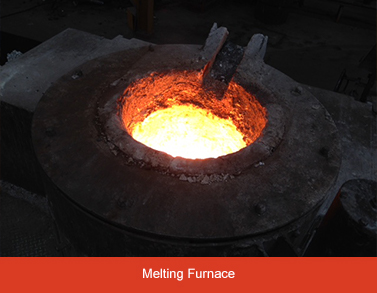 |
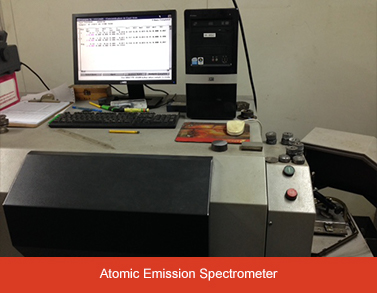 |
Melting is conducted in one of the five electric induction furnaces, with the scrap steel and returns added by electromagnet. The furnaces capacities are 1 x 150kg, 1 x 750kg, 2 x 2000kg and 1 x 3000kg. Once melting is complete, a sample is taken and analysed on one of the atomic emission spectrometers. A chemical analysis is compared against the specification and adjusted if necessary with ferroalloys.
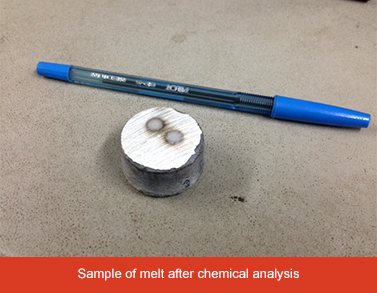 |
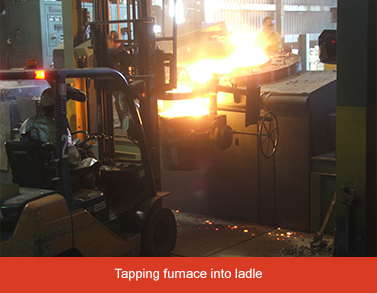 |
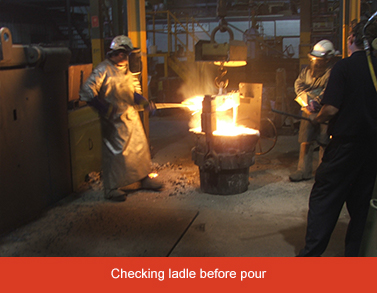 |
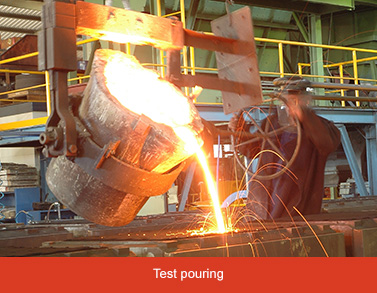 |


